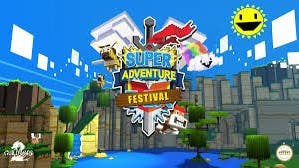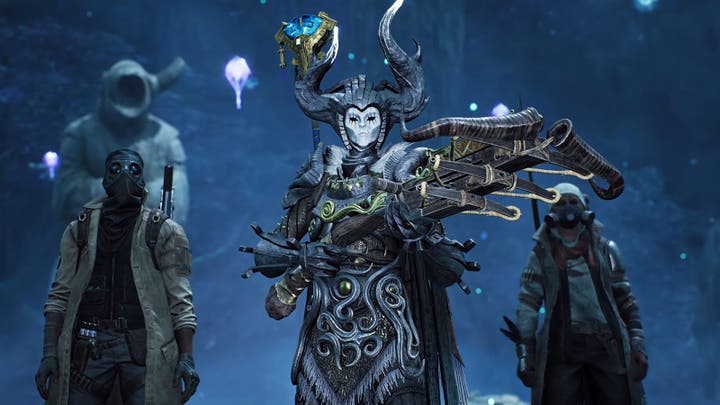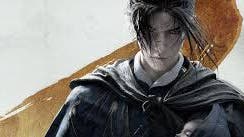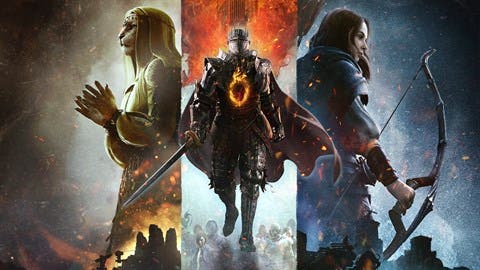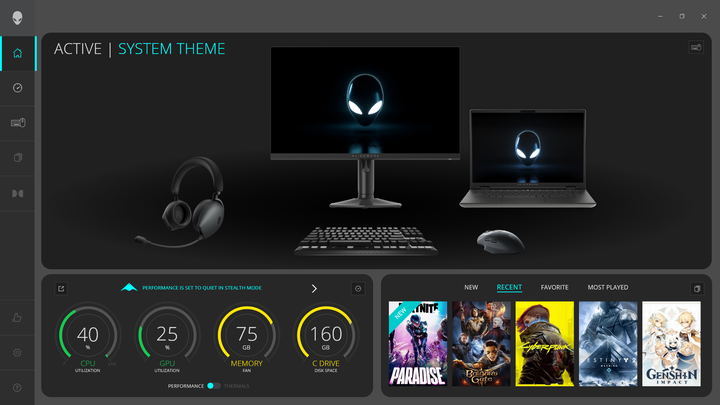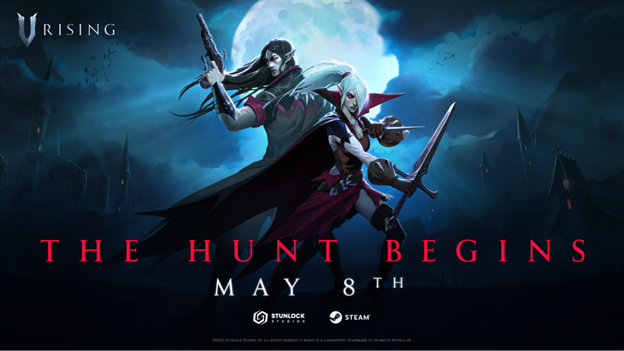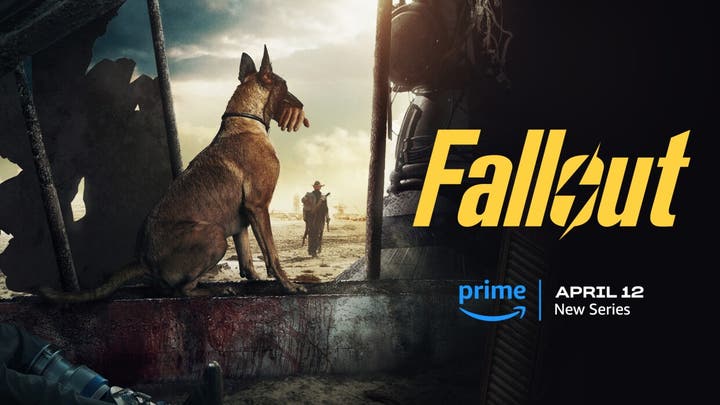Unravel Lovecraftian Mysteries in Colina: Legacy
At some point in 1995, I played Alone in the Dark. It was my first proper horror game. Even though my crappy 286 PC didn’t have a sound card, it was a frightening experience, and I couldn’t make it to the end at the time. It influenced many horror games since then, the original Resident Evil and Silent Hill games in particular. Colina: Legacy follows in the footsteps of those games, but there is a special influence from Silent Hill. “Colina” actually means “hill” in Portuguese and Spanish. And like Alone in the Dark, Colina includes many references to Lovecraft and the Cthulhu Mythos. There is also some influence from the Alan Wake games, but my impression overall is how much it resembles a modern mashup of Alone in the Dark and Silent Hill.
We reached out to developer Chance6 Studios to learn more about the development history. Lead programmer Stêffano de Moura told us about how it all started.
We started the Colina: Legacy project between 2015 and 2016 as Samurai Games. The development of the game was slow and the quality was debatable because we did not have the financial resources and we could only afford to dedicate the weekends and holidays to work on the project. At that time I had developed some assets for the Unity Asset store. Investor Sean T. Slavik contacted me with interest in acquiring one of the assets I had created. After we concluded the negotiation we talked about children and family, because like me he is a father of two kids as well.
Once the negotiation was successful, I thought about presenting the project to Sean, who immediately was delighted by the team’s work, and then decided to help us finance the project and become Chance6 Studios. One of the things that touches my heart most when I remembered this moment was that Sean had contributed to the birth of my second child by buying my asset.

Grandma’s questionable taste in art.
We can see how this focus on family and children affected the story and overall feel of Colina. It begins with a couple on the road, as their boy Alex sleeps in the backseat. They’re on their way to check up on Alex’s grandmother, who left some strange messages on their answering machine. This prelude looks excellent for an indie title. The voice acting is on point, the animation is sparse but effective, and the writing is solid. It’s a great setup for the non sequitur sequence that puts the player in the role of Alex. There’s no explanation of how the transition happened, but he wakes up in his grandmother’s house all alone. Everything seems to be in disarray, the house is messy and filthy, and the walls are full of scrawls.
Armed with nothing but a flashlight, I proceeded to explore the creepy grandma’s house. I managed to unlock a few rooms and collect some objects. Letters and documents full of otherworldly passages and names. There were quite a few clever puzzles to break down and decipher. At first, there didn’t seem to be anybody in the house with me except for an old wooden puppet. When I least expected, I heard a dreadful shriek that actually sent a shiver up my spine. As I opened a door, I saw the puppet. It was bigger, like an old woman, and it came lunging at me. It felt like the “rotting old woman” scene in The Shining.

Follow the trail of ultraviolet blood scrawls…
True horror is difficult to accomplish. In a sense, it’s as difficult as comedy, because it’s not just about following logic or a sense of progression. It’s a subjective, emotional response that’s often involuntary. Not to mention that we’ve grown desensitized to exponentially gory and brutal depictions of violence. It’s a real feat that Colina managed to elicit some of that suspenseful dread I felt when I first played Alone in the Dark. The developers told us this was intentional. “Our goal is to bring back that feeling that something is about to go down, keeping tensions high…”
As I managed to get out of the house after solving other puzzles and unlocking some doors, I explored the backyard of grandma’s house. I had to find a way to unravel the mystery of an otherworldly entity, based on the messages left by grandma. That’s when the Lovecraftian references come into focus, and it’s all very intriguing. Chance6 member Lucas Svensson was the writer and director of the overall narrative. “Over the years the story has undergone some modifications and adaptations but the original plot has never been altered, it has always been the same one proposed by Lucas from the beginning,” the developers told us. Svensson’s influences include Metal Gear Solid, Oldboy, Dark Tower, It, Bloodborne, Uzumaki, and Berserk.

“The most merciful thing in the world is the inability of the human mind to correlate all its contents.” — H.P. Lovecraft
Obviously, not all of those are evident in the narrative backdrop. Still, it makes for an interesting tapestry of influences. In Alone in the Dark, there were also letters and documents that the player could peruse. As you pieced it all together, you began to understand what was going on. While there were also monsters and weird creatures, there was something more behind it all. The confusion that the player felt enhanced the suspense. As the player fumbles to make sense of the narrative, Colina accomplishes the same blend of perplexity and horror.
It’s great that indie studios like Chance6 are still working in this mold of horror game. More than a question of first-or-third-person perspective, the difference between a game like Colina and a game like Outlast is the legacy from those classic survival horror games. It’s not so much about the heart-stopping jump scares that Outlast excels at, but about instilling in the player a sense of existential dread. With cleverly designed puzzles and perplexing narrative design, Colina delivers a true vintage survival horror experience.




